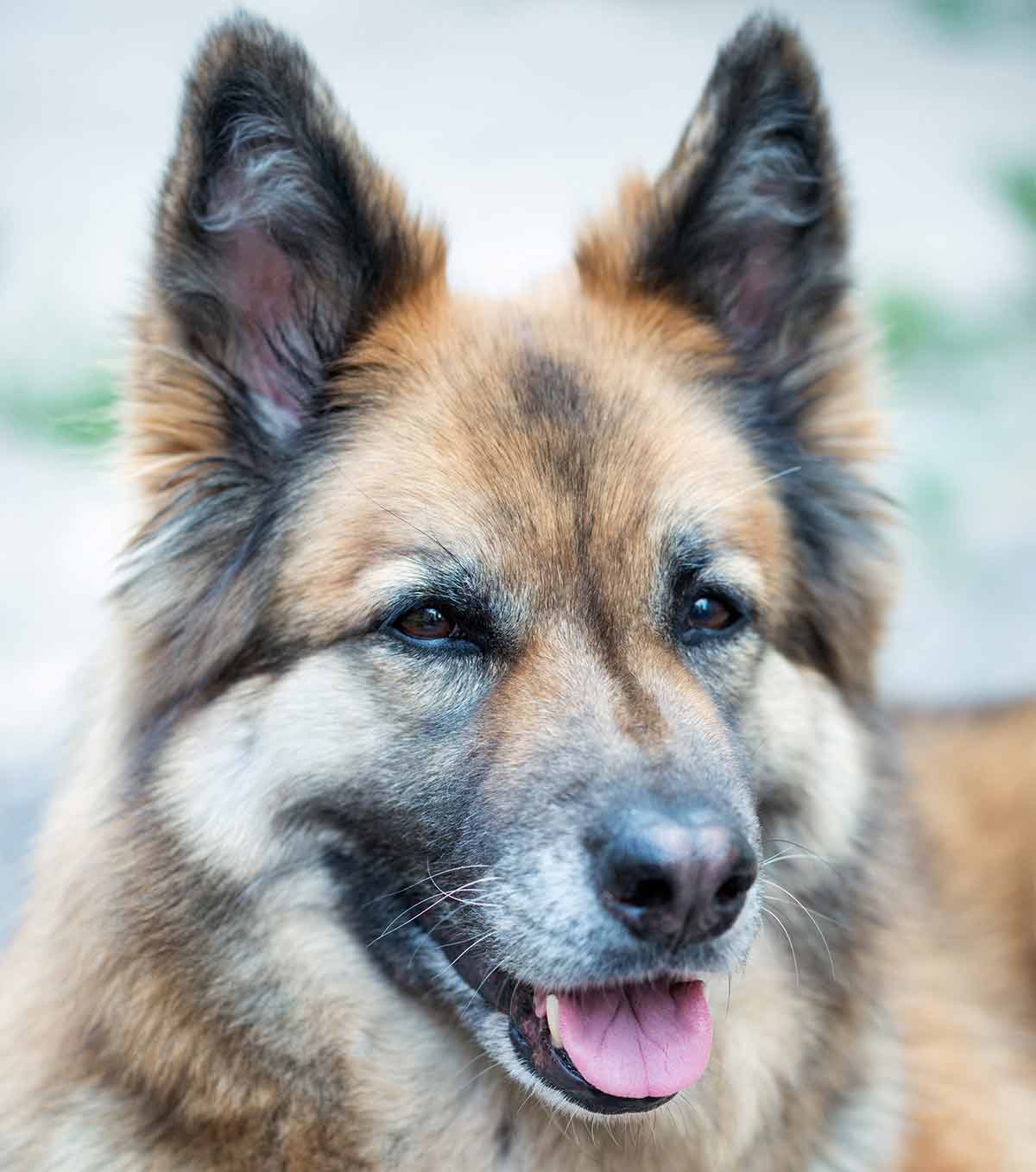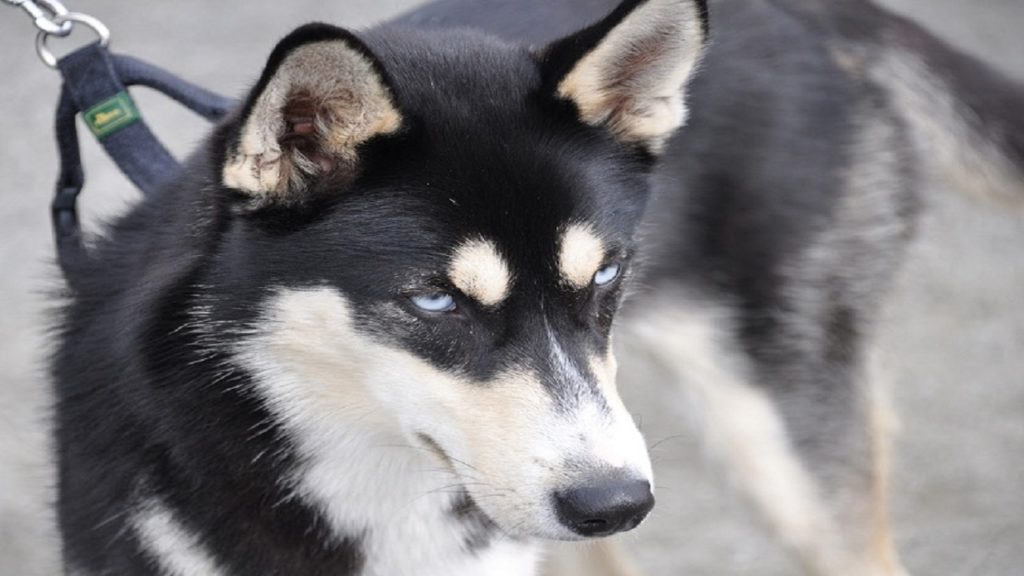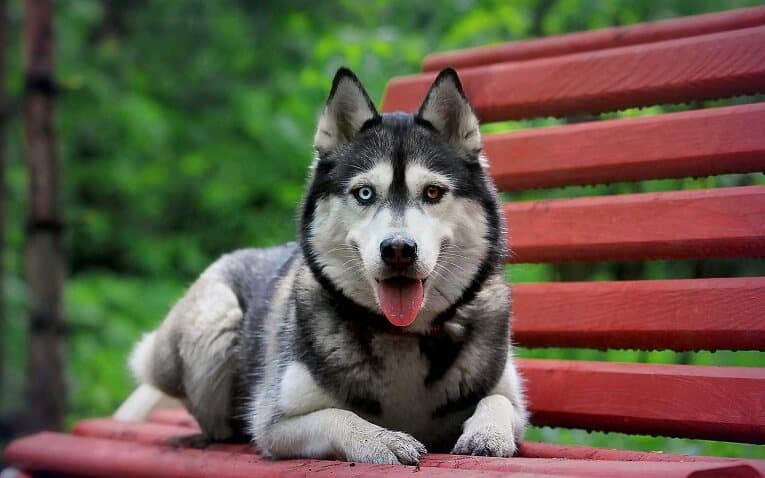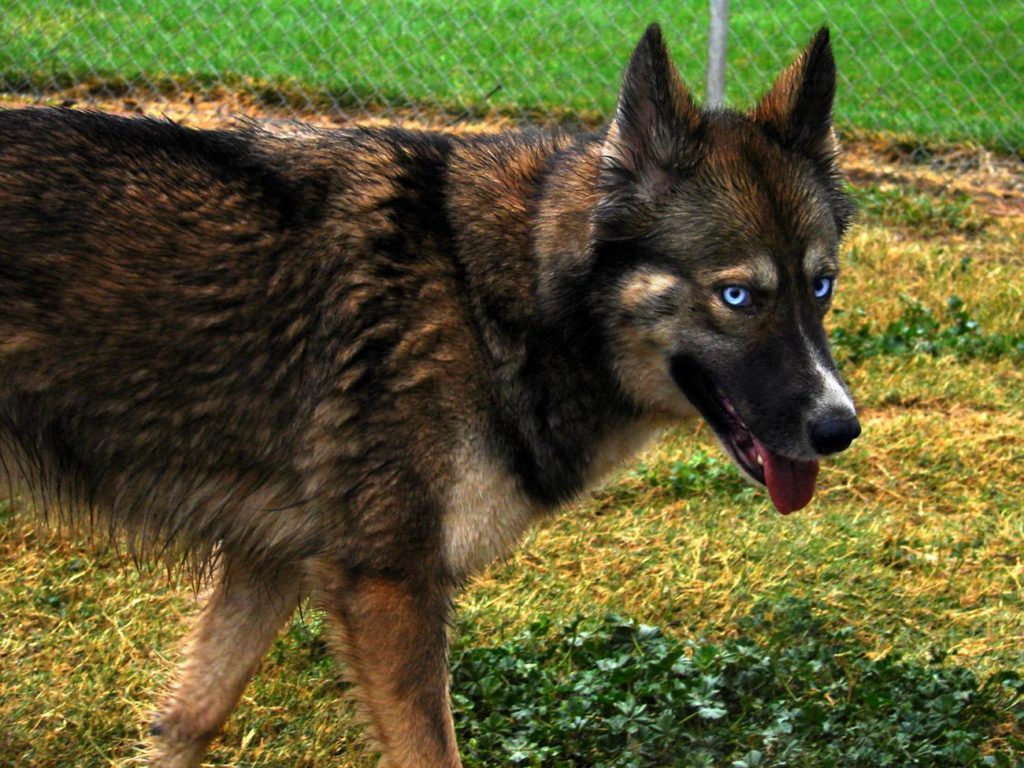How Does German Husky come about?
A stunning mix of German Shepherd and Siberian Husky, the German Shepherd Husky mix is a remarkable mixture of German Shepherd and Siberian Husky. When a smart German Shepherd and a beautiful Siberian Husky are combined, the result is a combination known as the German shepherd husky also as a Shepsky, or a Gerberian Shepsky. While it is impossible to predict exactly how the characteristics of two parents will combine in a mixed-breed dog, past experience suggests that you will end up with a fantastic working dog who will make a great addition to your boisterous family.
One of the benefits of crossbred dogs is that their genetic pools are more varied, making them less susceptible to inherited genetic defects. While herding dogs were developed in Germany during the nineteenth century, Max von Stephanitz registered the first formally recognized German Shepherd in 1899.

German Shepherds are responsible for a significant number of dog assaults on people, owing to their appeal as pets and their abundance rather than any inherent, breed-specific hostility. German Shepherds make excellent family dogs and are regarded for being excellent with youngsters; however, they can be overprotective at times. The Siberian husky, on the other hand, hails from Northeastern Asia, where they were developed to pull sleds by the Chukchi people of Siberia.
As a result, an active breed with a lot of endurance that loves to run has been created. These canines thrive in frigid climes and were first introduced to Alaska in the early 1900s as part of the Nome Gold Rush.
The fact that both dogs are of comparable size and have a wolf-like look made them ideal prospects for hybridization. Because crossbred dogs are not classified as distinct breeds, their behavior and features are less predictable than those of purebred dogs. When the traits of two different breeds are combined, the results might be unpredictable, and they don’t always breed true.
Because their genetic pools are more varied, crossbred dogs may be less prone to inherited genetic abnormalities. The first German Shepherd Husky mix puppies were born on an unspecified date in history. These two breeds have most likely been mixed in the past. Dogs like the German shepherd and Husky mix existed long before a term was given to them.
Body Structure of German shepherd Husky
The German shepherd husky mix is a strong dog with a huge body. It has a long, slender body, strong legs, and a long, bushy tail. This crossbreed’s look is robust and graceful as a result of these characteristics. These canines have a wolf-like appearance, with a long, pointed head, a long, stubby black snout, upright ears, and a powerful muzzle.
Husky is a smaller breed of German Shepherd, with males standing 22 to 25 inches tall and females standing 20 to 24 inches tall. Males typically weigh between 50 and 80 pounds, while females weigh between 40 and 70 pounds. Shepsky puppies have wolf-like features, like pointed ears and long noses, which are inherited from both parents.

Their eyes will be either brown or blue, and some will have the unusual dual eye color that huskies are known for. The coats of both parent breeds are appropriate for colder climates. They usually have a double coat, with a dense, soft undercoat and a tougher guard hair covering on surface.
Brown, black, cream, white, and even tones of red and blue are all possible colors for Shepsky’s coat. They are usually always a blend of at least two different colors and are practically never one single color. All Shepsky coats have a high shedding rate, which is something you can count on. A Husky German Shepherd mix puppy will grow up to be anywhere from the smallest Husky to the largest German Shepherd. The most stunning Husky German Shepherd hybrid dogs get their German Shepherd parent’s black coat and their Husky parent’s vivid blue eyes.
Behavior
Huskies are herd animals who prefer being around other dogs. For warmth, Huskies frequently stay indoors with their families. This means they form strong bonds with their loved ones and are excellent with children. However, adequate socialization training may go a long way toward ensuring that they get along with others, regardless of their temperament. Huskies howl rather than bark, and they require a lot of space to stretch their legs.

They are not appropriate for apartment living. They also require a lot of human company and will not be content to be left alone at home for long periods of time. They can be destructive if left alone for lengthy periods of time, and their guarding natures can often cause family strife.
Training and Caring of German Shepherd Husky
Husky dogs are generally easy to train; therefore a knowledgeable dog owner should be able to do it at home using basic positive reinforcement training. They require a lot of physical activity. At least twice a day, they should be taken outside for 30-60 minutes at a time. Because these dogs shed a lot, regular brushing is recommended to eliminate shedding hair.
This is for their convenience as well as to make cleaning up around the house a little easier for you. The amount of stimulation your German Shepherd Husky needs will be determined by their personality. Also, what drives them? While this crossbreed is still young, socialization should begin.
They need at least three to five cups of dog food per day. It’s preferable to get high-quality kibble that’s high in protein. On a grain diet, they need at least 25% protein, while on a grain-free diet; they need at least 40% protein. Joint supplements will aid your dog’s mobility by encouraging cartilage formation and improving mobility.
This is especially beneficial for a high-energy dog like the Shepherd-Husky mix. Fruits including apples, blueberries, oranges, coconut, pears, watermelons, and pineapples can be included in your husky’s diet, but only in small quantities.
Husky Health
Husky dogs can have joint problems, especially in their elbows and hips, causing pain and suffering. This unusual crossbreed is prone to visual problems such as canine glaucoma, corneal dystrophy, juvenile cataracts, and progressive retinal atrophy, as well as being slightly more prone to epilepsy than most other breeds. For a dog of their size, they have a remarkably long existence, with an average lifespan of 11 – 15 years.

